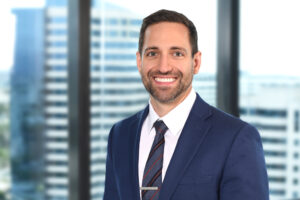Before Newman, Hughes, and Stoll. Appeal from the United States District Court for the Northern District of California.
Summary: Reasonable royalty patent damages cannot include a royalty for sales of non-accused products.
Enplas filed a declaratory judgment action, seeking to invalidate two SSC patents related to lenses for backlighting display panels. SSC counterclaimed for induced infringement and damages. At trial, the jury found that Enplas induced infringement of both patents and awarded $4 million and $70,000 as lump-sum reasonable royalties for the two patents, respectively.
The Federal Circuit affirmed the judgment regarding validity and inducement. But, the Federal Circuit vacated the jury’s $4 million damages award for one of the patents, leaving undisturbed the $70,000 award on the other patent. Regarding the $4 million royalty, SSC’s damages expert had testified that, for practical reasons, the parties would not have agreed to a license limited to just the accused products, and would have agreed to a “premium” freedom to operate license to avoid the need to test and negotiate licenses for future potentially infringing lenses that Enplas might sell. The expert testified that the parties would have agreed to a lump sum royalty in a hypothetical negotiation that captured the accused products as well as other “potentially infringing” products. The Federal Circuit vacated the $4 million reasonable royalty award because a proper award cannot include products that were neither accused of infringement nor shown to infringe. The Federal Circuit also noted that, while lump-sum, paid-in-full royalties may be awarded in place of a running royalty on future sales, such award must be based on an estimate of the extent of future sales of accused products, rather than past sales of non-accused products.
Judge Newman dissented in part. She pointed out that Enplas did not appeal the district court’s Daubert ruling or motion in limine ruling, related to SSC’s damages expert’s theory and testimony. She believed that Enplas’s motion based on a lack of substantial evidence to support the damages verdict was an end-run around the rules of evidence and unopposed expert testimony. She further believed that SSC’s expert testimony regarding a lump-sum “freedom to operate” license was reasonably based on what Enplas would be willing to pay at a hypothetical negotiation under the circumstances, and that the appellate court should not create a hypothetical negotiation far-removed from what parties regularly do during real-world licensing negotiations.

